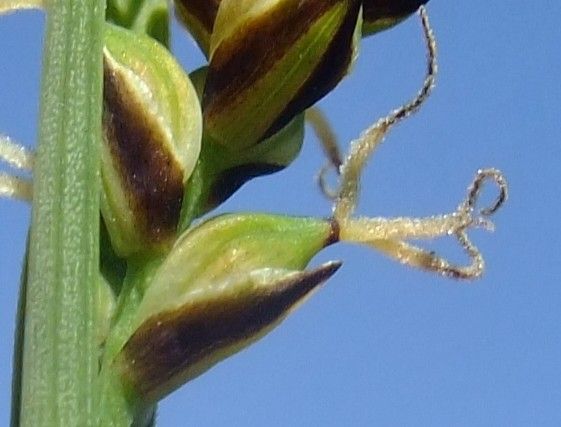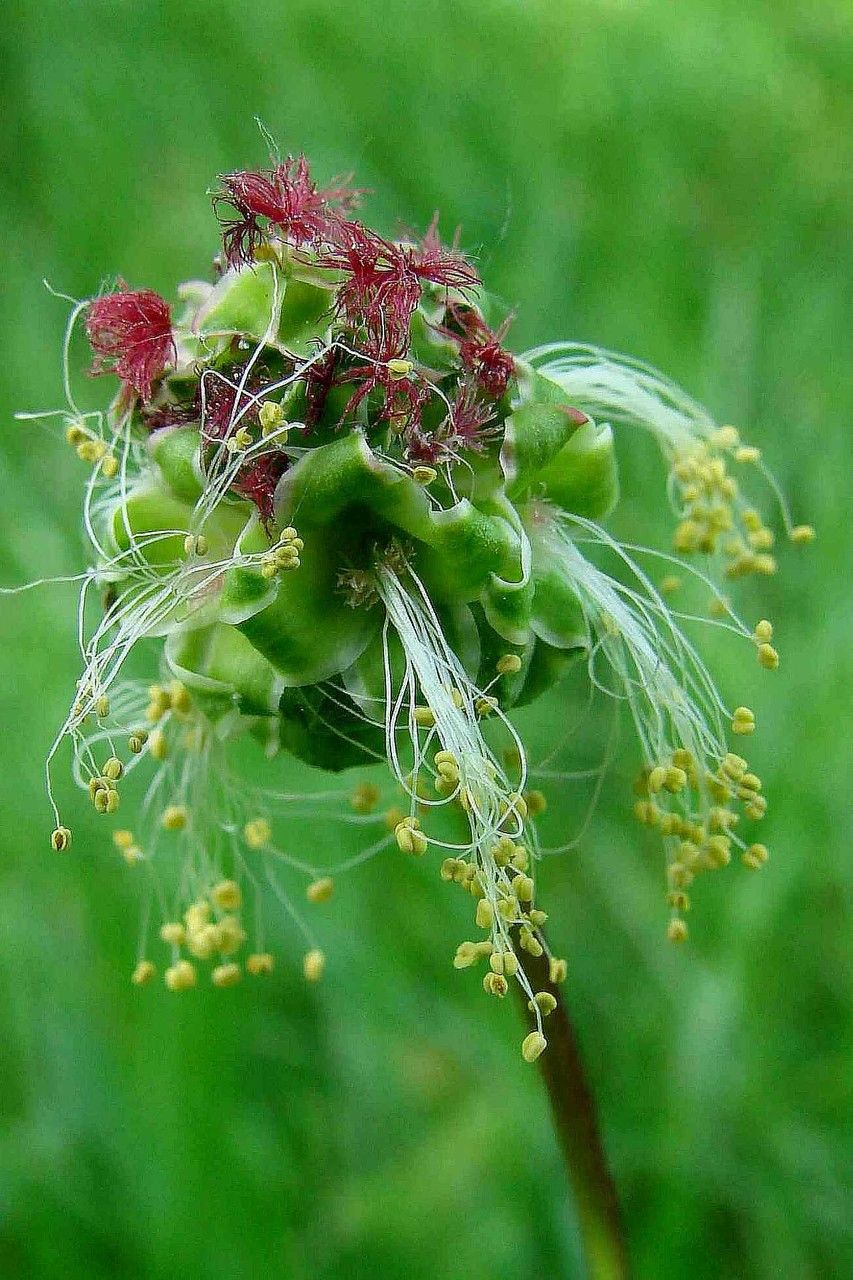## Suckling Clover: A Delicate Ground Cover
Suckling clover ( *Trifolium dubium*) is a charming, low-growing annual plant belonging to the Fabaceae family, better known as the legume family. Its delicate appearance and spreading habit make it a popular choice for ground cover, attracting pollinators and adding a touch of wildflower charm to gardens and lawns.
### Identification
Suckling clover is easily identified by its small, yellow flower heads, which are generally rounder and smaller than those of its close relative, the common white clover (*Trifolium repens*). The leaves are trifoliate, meaning they consist of three leaflets, characteristic of the clover genus. These leaflets are obovate (egg-shaped) and typically have a small notch at the apex. The stems are slender and creeping, spreading outwards to form mats.
### Habitat and Growth
Suckling clover is a native to Europe and has naturalized across many parts of the world. It thrives in a variety of locations, demonstrating remarkable adaptability. It's commonly found in disturbed areas, meadows, pastures, lawns, and along roadsides, showcasing its resilience and ability to colonize open spaces.
### Sun Exposure and Soil Needs
Suckling clover prefers full sun to partial shade. While it tolerates some shade, optimal growth occurs with at least several hours of direct sunlight daily. It's relatively undemanding in terms of soil requirements, tolerating a range of soil types, from sandy to clay loam. Well-drained soil is preferable to prevent root rot. It is quite tolerant of poor, dry soils and can even survive periods of drought.
### Cultivation and Care
Suckling clover is easily grown from seed. Sow seeds directly into the prepared soil in spring or autumn. A light covering of soil is sufficient. Once established, it requires minimal maintenance. Regular watering is important, particularly during dry periods, to ensure vigorous growth. However, avoid overwatering, as this can lead to fungal diseases.
### Benefits and Uses
Suckling clover provides several benefits beyond its aesthetic appeal. It's an excellent ground cover, helping to suppress weeds and improve soil health. As a legume, it fixes nitrogen in the soil, enriching it and benefitting surrounding plants. Its flowers are an important nectar source for bees and other pollinators, making it a valuable addition to pollinator gardens and supporting biodiversity. It's also used as forage for livestock in some regions.
### Potential Challenges
While generally low-maintenance, suckling clover can be susceptible to fungal diseases in poorly drained soils or during periods of extended wet weather. Maintaining adequate spacing during sowing can help prevent overcrowding and improve air circulation, thereby reducing disease risk.
### Conclusion
Suckling clover's unassuming beauty and ecological benefits make it a worthwhile addition to any garden or landscape. Its adaptability, ease of cultivation, and attractive flowers make it a true delight for gardeners of all skill levels. This modest clover offers a significant contribution to biodiversity and soil health, showcasing the understated charm of native plants.
Suckling Clover: Guide to Planting & Care

Frequently Asked Questions
How do I grow suckling clover?
Sow seeds directly into well-drained soil in spring or autumn. A light covering of soil is sufficient. Water regularly, especially during dry periods.
Is suckling clover good for bees?
Yes! Suckling clover's flowers are an important nectar source for bees and other pollinators, making it a valuable addition to pollinator gardens.


